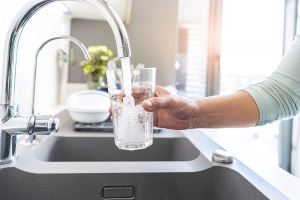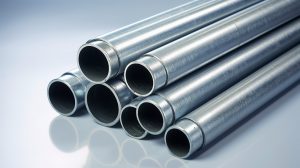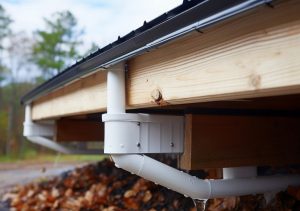With the arrival of the rainy season, most people contemplate the way to keep their house protected from water damage. Now it might seem vague to most of you but water damage is a slow venom that can cause a big problem in near future. That’s why an important facet of home care is drain cleaning. Not only does rain put dampers on our outdoor plans but it affects the home maintenance too. What if we say that you don’t have to worry about it anymore?
You might doubt us but here in this blog, we are going to put all our ducks in a row by suggesting a way to deal with drain rainwater.
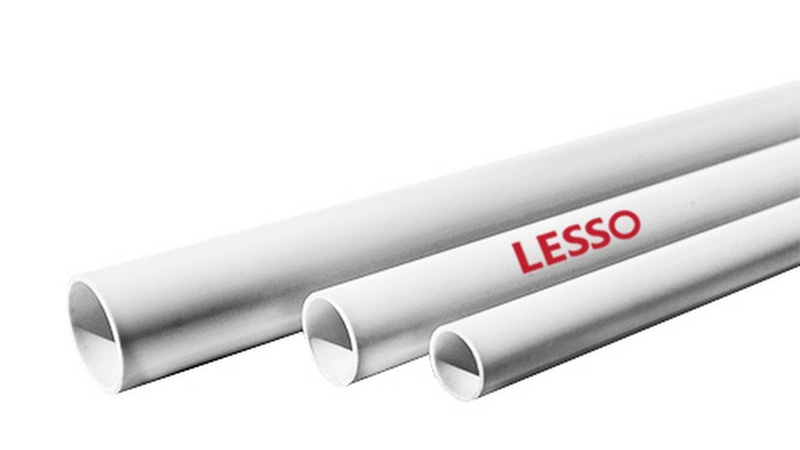
For better understanding, we have distributed the piece in sections.
How Do You Drain Rainwater from A Roof?
Now what immediate action we have to take to drain water from a roof. Roof drains for plain or low-slope roofs are available in a few common configurations. The best form for the application is determined by many factors, including the width and elevation of the roof, the ideal appearance, and the amount of daily maintenance required for the drainage pipe.
The quantity of drains needed for each process is set by factors such as the roof area, the drainage location, the inflow rate and expected drainage rate, and the estimated rainfall level.
The very first thing you need to consider is the pipe stiffness and sizing of the roof water drain. For this, you need to calculate the surface area of the roof plus the average hours of rainfall. Further, the following move is to identify each rooftop that will be represented by a different drain pipe, scupper, or downspout which is also known as leaders.
The roof is then divided by the area required for each leader to calculate the number of drains needed. Each leader must be big enough to accommodate the amount of water to be flushed; the larger the capability of the leader, the fewer roof sinks are required. Roof drains are mostly evenly distributed and found in low points of the roof or any places where water builds up.
How to Drain Rainwater from the Backyard?
Wet patches in your yard are both an inconvenience and an utter mess. If the grass is submerged for an extended period of time, it will die. Wet fields are impossible to mow over, and everybody trails mud into the home. If the flooded area is near to your home, it could cause your underground to leak or even worse. So what is the best way to divert water from the backyard?
- Create a Dry Well – A dry well is basically a huge hole filled with gravel or other material that collects and retains excess water while it dries into the earth. Through digging special dry well tanks, you can maximize the potential of a dry well.
- Install a French Drain – A French drain is a robust drainage system that can be used to solve a variety of drainage issues. Water is dispersed over a wide area by a submerged perforated tubing. The tubing must be encased in a system that makes water drain into it.
- Build a Creek Bed – With a dry creek bed, you can address drainage issues while still creating an enticing landscape element.
- Make a Rain Garden – Try creating a rain garden if you have a poor place in your yard that collects and retains water. A rain garden is essentially a section of your yard that is intended to collect rainwater and is planted with water-loving plants. A rain garden isn’t going to fix the soggy yard dilemma, but it will look a lot better than a muddy pit. Rain gardens are also beneficial to the climate.
How to Drain Water From the Side of a House?
Stagnant water around your home’s base is a source of concern. It soaks into the soil and seeps into basement holes, causing water damage and mold formation. So what exactly to do to prevent it. Flushing water away from the property necessitates the development of a sloping yard and the installation of guttering to prevent roof runoff. In some situations, installing a buried drainage system is needed.
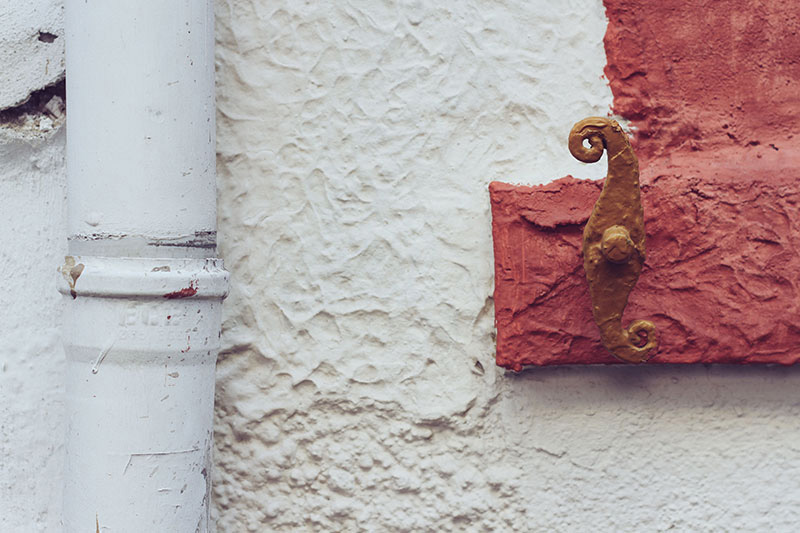
- Grading the Yard – For most yards, a 2% slope away from the base is appropriate. This equates to a 2-foot drop over a 100-foot span.
- Guttering – Rainwater flows off the roof and will accumulate at the base if guttering and downspouts are not installed. Build gutters and downspouts, as well as downspout extensions, which divert water at least 5 feet apart from the ground.
- Foundation Drain Tile – In certain communities, new construction building codes mandate the installation of foundation drain tile. Drain tile is a perforated conduit that is installed on or above the footer right along the foundation’s circumference.
How to Choose A Drainage Pipe?
Any home necessitates a proper drainage system. It is an absolute legend that prevents water from undermining the home’s base. As a conscientious homeowner, you should be aware that problems with your apartment’s drainage system can result in a variety of factors such as water aggregating in the basement, soggy walls, the forming of molds and mites, and so on.
As a result, it is critical to choose appropriate and high-quality drainage pipes. Any homeowner should use high-quality underground drainage pipes and accessories. For outdoor usage, a perforated shaft is the best option. Furthermore, if you depend on experienced plumbers, you should expect them to use the best plumbing products to ensure accuracy and price.
Drainage systems were once made of Galvanized Iron and copper. However, in the long term, these were not practicable. Then followed the age of plastic drain tubing, which is now widely used for understandable reasons. They are long-lasting, cost-effective, and the perfect match for every home’s plumbing and drainage needs. Other than this, there are three things that should be kept in mind while choosing a drainage pipe.
- Certifications – Always go with the pipe that has proper certifications. The good company will not sell their pipe without any certification. So before rushing into one, always check it.
- Water Flow – Considering the water flow is another important factor. Water flows easily and smoothly into drainage pipes with even internal surfaces.
- Nature of Water Supply – Identifying the nature of the water supply is a good thing to do. In many cases, the water supply is corrosive which can damage the drainage system. So, select a pipe structure that will not be harmed by rough or corrosive water.
Conclusion
That’s all! Here we have provided full disclosure on how to drain rainwater from your house. And in case, if you are looking for drainage and sewage pipes then you can definitely give a try to Lesso. China LESSO can certainly meet your home’s specifications and provide material that will last for long. So what’s stopping you now? Go and give it a try.
Recommend Reading
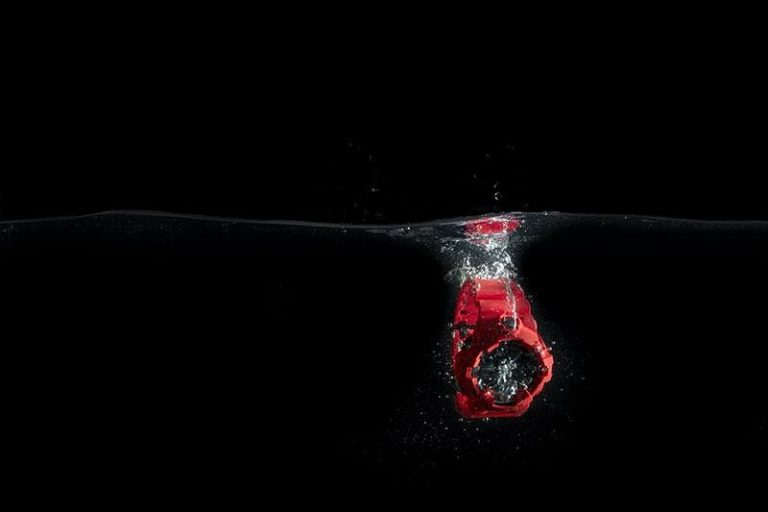
How to Deal with Water Pipes Bursting?
The pipes in your home play an essential role but when they burst, you’re in trouble. Not only can they cause significant damage, they can
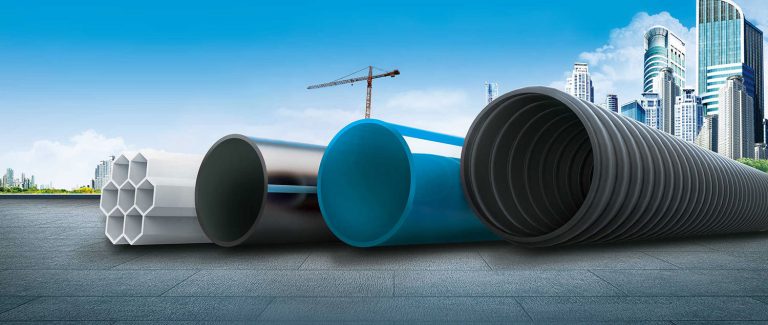
6 Things You Should Know About Drainage & Sewerage Pipes
There are many parts of the construction industry that are difficult to understand, but the differences and uses of drainage and sewer pipe are not too complicated




